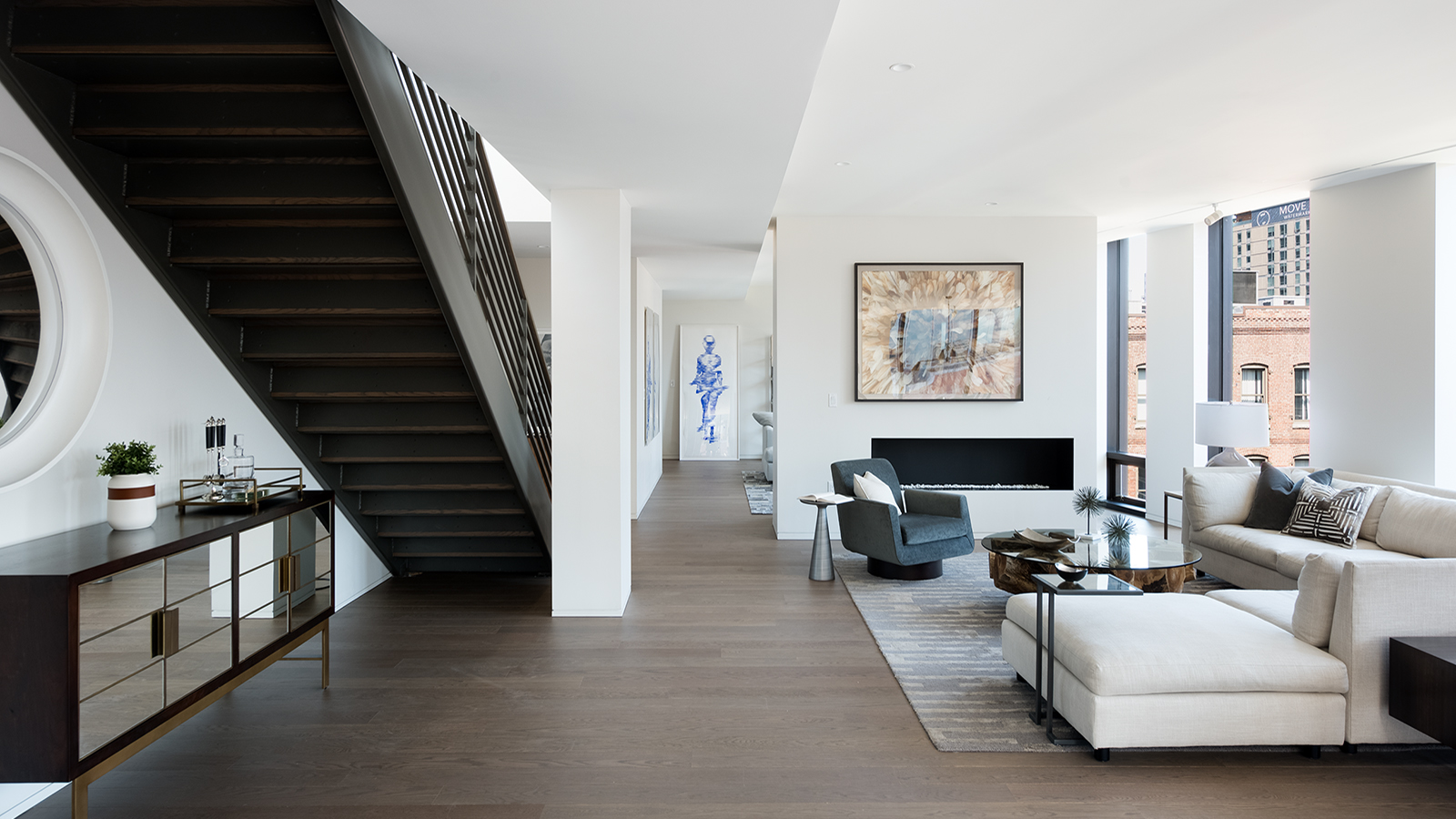Kristen Murphy
Sustainability Lead

It’s a classic acoustician situation—when you’re at a party and people find out you design sound isolation solutions, they seem to magically drift over to the conversation to chime in:
“At my place, some guy who lives upstairs lets his kids play until 10pm. I can’t get any sleep!” … “The Green Line screeches to a halt right in front of my apartment.”
No matter the issue, virtually every scenario follows with the question: “What would you do to help?”
Unfortunately, the answer is complicated—there is only so much you can do to fix the acoustical qualities of a residence that has already been built, especially a space in a multi-unit building. That said, I will gladly share some tips that go into creating good residential acoustics. Since retrofitting solutions for sound isolation, mechanical system noise, and reverberation control tend to be both limited and costly, it’s important to “know thy site.”
When exploring a new place, you rely on using your eyes to get an immediate sense of the surroundings. But, it’s your ears that will be affected from the noises beyond the walls after you move in.
Here are some key things to consider before you sign:
Know your comfort level. What one person might consider a minor “buzz” or “the charm of urban living” would drive another crazy.
There are some noise protections in place – check for local ordinances. Boston has a noise ordinance that sets limits at a property line from permanent sources; many other towns and cities throughout the country do as well. Building codes set criteria for how much sound “bleed” can occur through shared walls and floors/ceilings in multi-family housing. Remember that these protections do not guarantee that your neighbors will be inaudible, however.
Cliché, but, an ounce of prevention is worth a pound of cure. Anticipating noise “deal breakers” ahead of time can save a lot of frustration. Depending on the problem, some issues may need significant construction dollars to fix.
So, the answer to getting “better” acoustics in a residential building is this: it takes time and research.
Choosing the right home has a lot to do with being honest about your needs and planning ahead. So, keep these best practices in mind the next time you are out looking for a new place to call home.